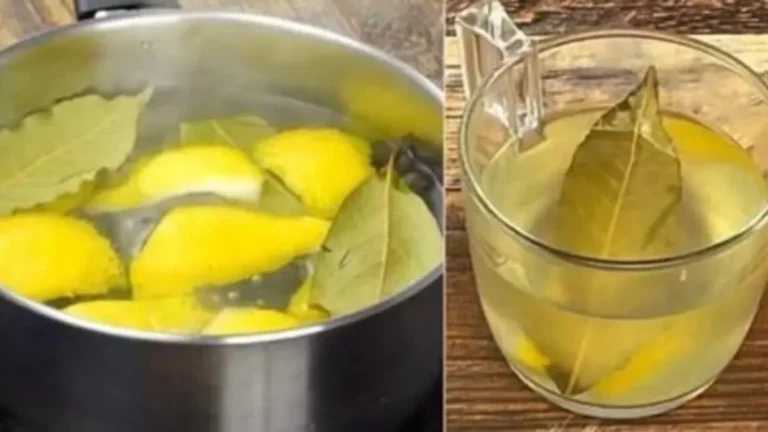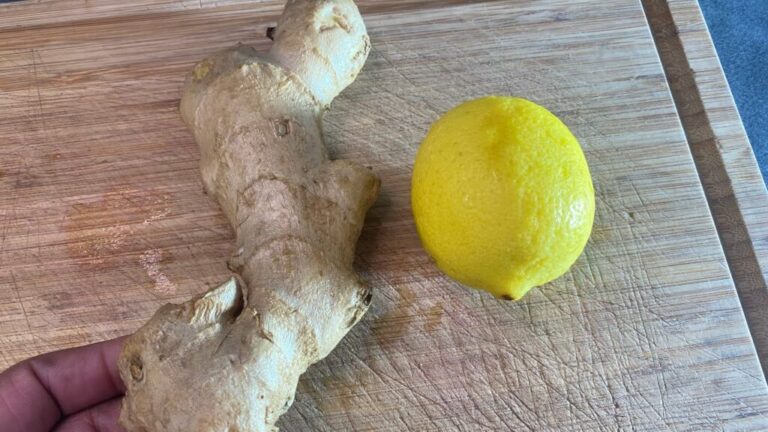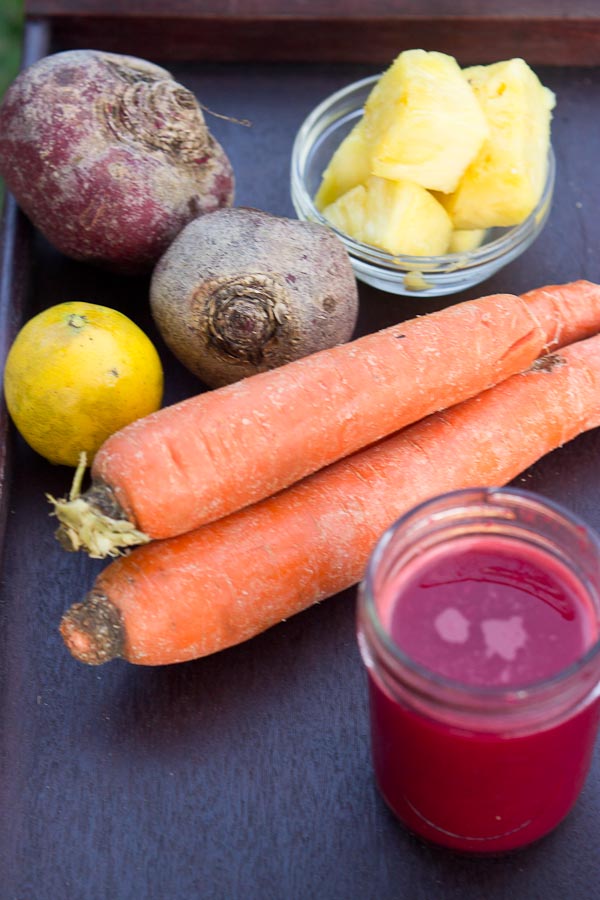Experiencing respiratory discomfort and persistent coughing can be distressing. To help alleviate these symptoms, consider trying natural remedies like a hot bay leaf tea and a soothing honey syrup. Here are two recipes that can help clear your lungs and reduce coughing.
1. Hot Bay Leaf Tea for Respiratory Relief
Ingredients:
- 5-6 fresh or dried bay leaves
- 1 liter of water
- Optional: honey or lemon for taste
Instructions:
- Boil the Water: Bring 1 liter of water to a boil in a pot.
- Add Bay Leaves: Once the water is boiling, add the bay leaves.
- Simmer: Reduce the heat and let the mixture simmer for about 10 minutes. This allows the essential oils and compounds in the bay leaves to infuse into the water.
- Strain and Serve: Remove the pot from the heat and strain the tea into a cup. You can add a spoonful of honey or a squeeze of lemon to enhance the flavor and add extra soothing properties.
- Enjoy: Drink the tea warm throughout the day to help relieve cough and clear mucus from the lungs.
Benefits: Bay leaves are known for their anti-inflammatory and antibacterial properties, making them effective in treating respiratory infections and reducing symptoms of coughs and colds.
2. Honey Syrup for Cough Suppression
Ingredients:
- 1/2 cup of raw honey
- Juice of 1 lemon (optional for added vitamin C and flavor)
- 1/4 cup of warm water
Instructions:
- Mix Ingredients: In a clean jar, combine the honey and warm water. If using lemon, squeeze in the juice and mix thoroughly.
- Stir Until Smooth: Ensure that the honey is completely dissolved in the water. This creates a thin syrup that’s easier to consume.
- Store: Keep the syrup in a sealed jar in the refrigerator.
- Usage: Take a tablespoon of the syrup as needed to soothe a sore throat and reduce coughing.
Benefits: Honey is a well-known natural remedy for soothing sore throats and suppressing coughs. It has antimicrobial properties, which can help fight infections while its thick consistency coats the throat, offering immediate relief.
Tips for Use and Safety
- Frequency: You can drink the bay leaf tea 2-3 times per day and use the honey syrup every few hours, as needed.
- Precautions: While these remedies are generally safe, it’s essential to remember that honey should not be given to children under one year of age due to the risk of botulism.
- Consultation: If symptoms persist or worsen, it’s important to consult with a healthcare provider.
These natural remedies can be effective in managing mild respiratory symptoms. However, they are not substitutes for professional medical treatment in the case of severe respiratory conditions. Always consider your health condition and consult with a healthcare provider when necessary.









